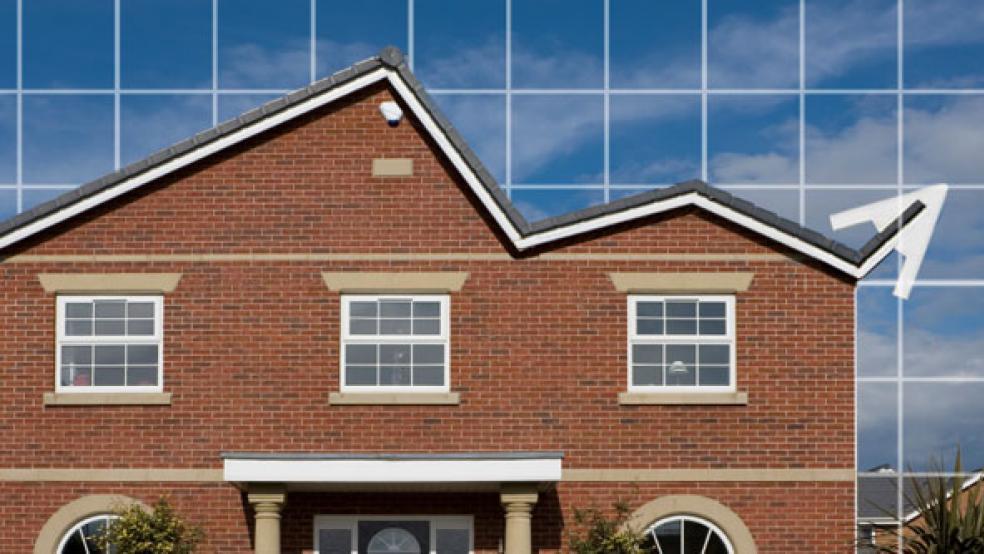
While the sluggish U.S. economy crept upward in 2012, the housing market improved at a much faster rate than anyone expected. Total home sales increased 6.3 percent in 2012, the largest increase since 2006. Overall, 4.2 million homes sold – inching closer to the average of 5.5 million a year the country experienced before the crash.
At the beginning of 2012, many experts thought the opposite would happen -- with so many foreclosures on the books and properties still underwater, many anticipated home prices would fall or remain stagnant. CoreLogic had a particularly-pessimistic outlook at the time: “The housing market is beset by headwinds. It’s hard to see house prices in the long run rising without income growth.”
RELATED: 10 Real Estate Trends to Watch in 2013
But instead, so much negative equity on the market actually helped hard-hit areas recover quickly by limiting sellers and keeping supply low. Demand for rentals spiked and helped distressed properties pay the bills, keeping more of them off the market, and mortgage servicers came through by developing alternative ways to help borrowers stay in their homes or leave with minimal losses to the bank.
“Housing was clearly one of last year’s biggest surprises,” wrote Mark Fleming, chief economist at CoreLogic, in a report out today. “Even without significant gains in income, housing mounted an impressive recovery in 2012.” This year, Fleming projects home sales to increase another 6 percent.
Here are some major factors that drove the recovery, according to the CoreLogic report:
- Decline of Real Estate Owned sales and inventory. Bank-owned (or REO) sales declined more than 20 percent to 600,000, the third consecutive year of decline. This helped boost home prices because REO’s typically sell at 20 percent less (or more) than other homes and can also drive down prices of neighboring properties. For those REOs on the market, the average sale price rose 3 percent over the year to $135,000 in October 2012. “Traditionally, while the market looks forward to news of an increase in home sales, a decrease in the sale of REOs indicates that the real estate industry is transitioning to a more stable, long-term recovery,” writes Fleming.
- Rise of short sales. Short sales rose 23 percent in 2012 to 370,000 units, the highest level since the crash. Short sales typically help the market improve by keeping homes occupied, allowing lenders to shed bad loans from their books, and forgiving borrowers of their debt loads while limiting the damage to their credit.
- Rise of non-distressed home sales. Regular home sales increased 11 percent to 3.2 million. While buying distressed properties has been popular since the crash, what the market really needed was more housing starts and homes with positive equity to pick up.
- Serious delinquencies fall. Mortgages that were 90 days or more past due fell by nearly 300,000 loans over the year, driving the delinquency rate to 6.9 percent (from 7.4 percent in 2011). The decline was helped by government-sponsored HAMP mortgage modifications, as well as other foreclosure resolutions with the banks.
- Home price growth is happening across diverse geographies. Over three-fourths (78 percent) of geographical areas analyzed in the report had year-over-year appreciation – the highest share since 2006.
- Foreclosures decrease by 23 percent. They went from 72,000 in November 2011 to 55,000 in November 2012.


